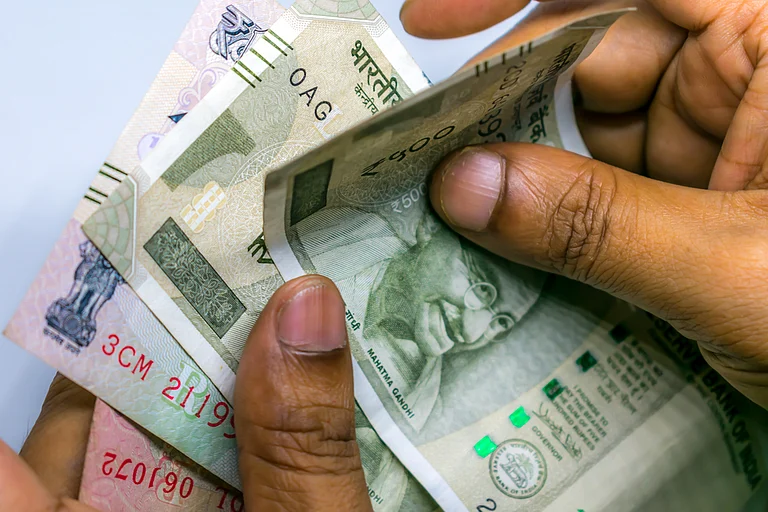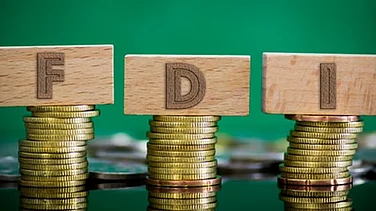
GeM posts record ₹5.42 lakh crore procurement in FY25.
MSEs contribute 36.83% of cumulative GMV, beating the 25% mandate.
Cost-saving reforms cut seller fees by up to 96% and removed deposits.
Defence, medical, and state-level integration drive GeM’s growth in its 10th year.
The Government e-Marketplace (GeM) has capped its ninth year with a record ₹5.42 lakh crore in procurement in FY 2024–25, cementing its position as one of the largest public e-procurement platforms globally. Launched in August 2016 as a one-stop digital procurement portal for government buyers, GeM has grown into one of the world’s largest public e-procurement platforms, just behind South Korea's KONEPS and the US' GSA.
It has clocked a Gross Merchandise Value (GMV) of ₹5.4 lakh crore in the financial year 2024-25, contributing to a cumulative GMV of over ₹14.81 lakh crore from more than three crore orders since inception. According to official data, products and services now contribute almost equally to the platform’s GMV—₹7.69 lakh crore and ₹7.11 lakh crore, respectively, as of July 2025. The portal has registered strong participation from micro and small enterprises (MSEs), which accounted for 36.83% of cumulative GMV—well above the mandated 25% procurement target
GeM CEO Mihir Kumar highlighted that in recent years, the cost of using GeM has been brought down substantially to benefit the sellers and ecosystem. "97% transactions on GeM are free of any transaction charges, benefiting small Sellers like MSEs," Kumar said. He added that to further enhance affordability, transaction charges for sellers were reduced in the range of 33% to 96% with
₹3 lakh charges for orders capped above ₹10 crore from earlier cap of ₹72.5 lakh.
Measures introduced this year include the removal of caution money deposits and deep cuts to vendor assessment fees in the range of 68% to 92%.
Cost savings remain a major draw. A World Bank–IIM Lucknow study estimated average savings of 9.75% from the median price on GeM, while the Economic Survey 2021–22 found prices for 10 of 22 common-use goods to be 9.5% lower than on other online platforms. The official data showed that large buyers have recorded major savings—NTPC cut costs by ₹2,000 crore on a mining contract, while the Bank of Baroda saved ₹34 crore on ATM procurement through reverse auctions.
GeM is currently adopted by all 36 states and union territories and mandated in eight states. Uttar Pradesh, Maharashtra, Gujarat and Assam are among the top performers. Defence and medical procurement remain key verticals, with high-value acquisitions including ₹5,000 crore worth of Akash missile system equipment and ₹5,085 crore in vaccines. Kumar also informed this year, the focus is to encourage states for deeper integration of GeM.
"Right now, there are a lot of public procurement portals in these states. That is staggering. But none of them have a marketplace. None of the portals is end-to-end. They are mostly tendering portals. So, the journey starts with the publishing of the tenders, and after that, all the steps are mostly offline. Here you have a complete end-to-end automation. No manual intervention," Kumar noted.
As GeM steps into its 10th year, the focus is set to shift towards expanding service categories, deeper state-level integration and embedding sustainability into procurement.
































